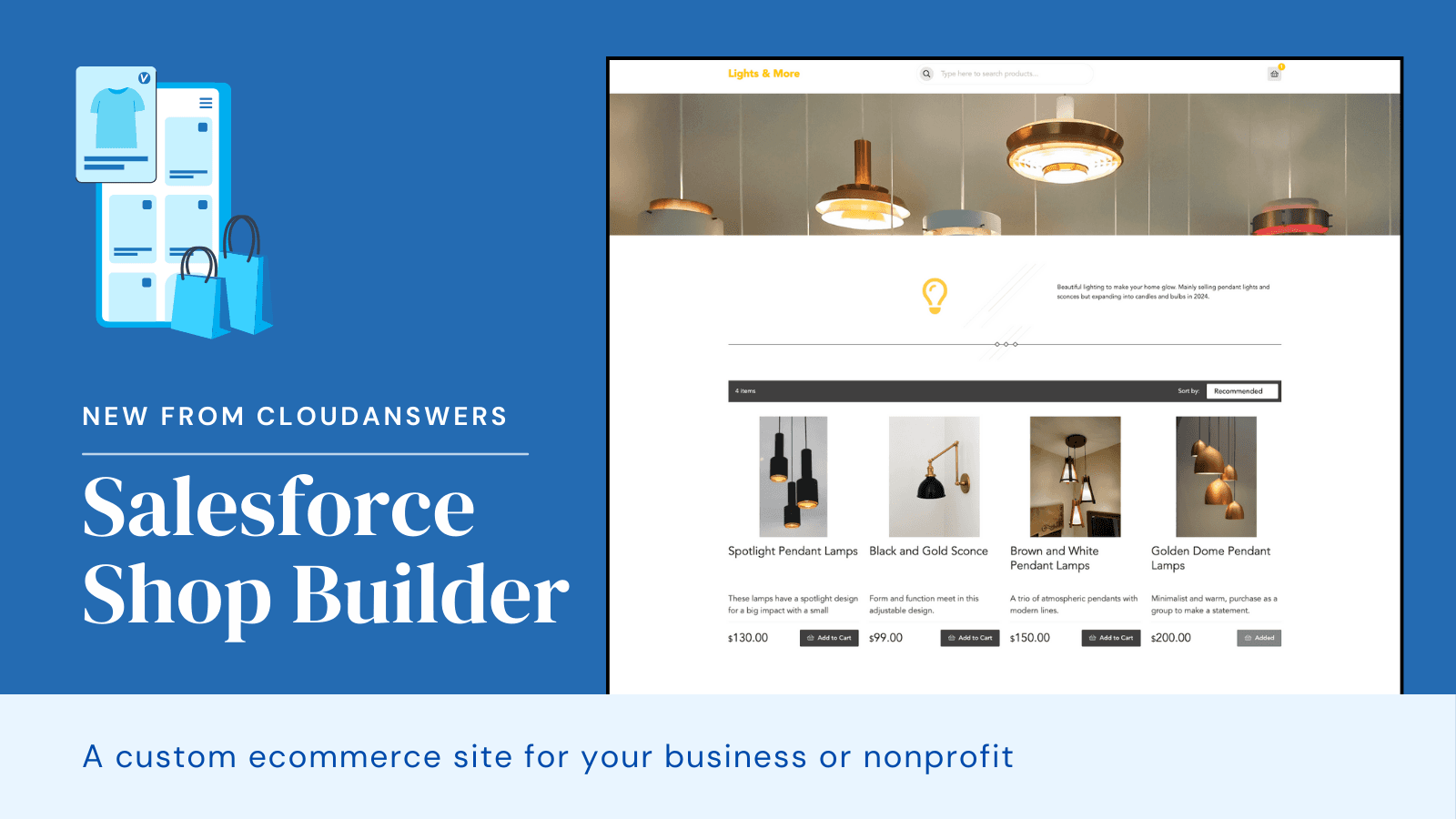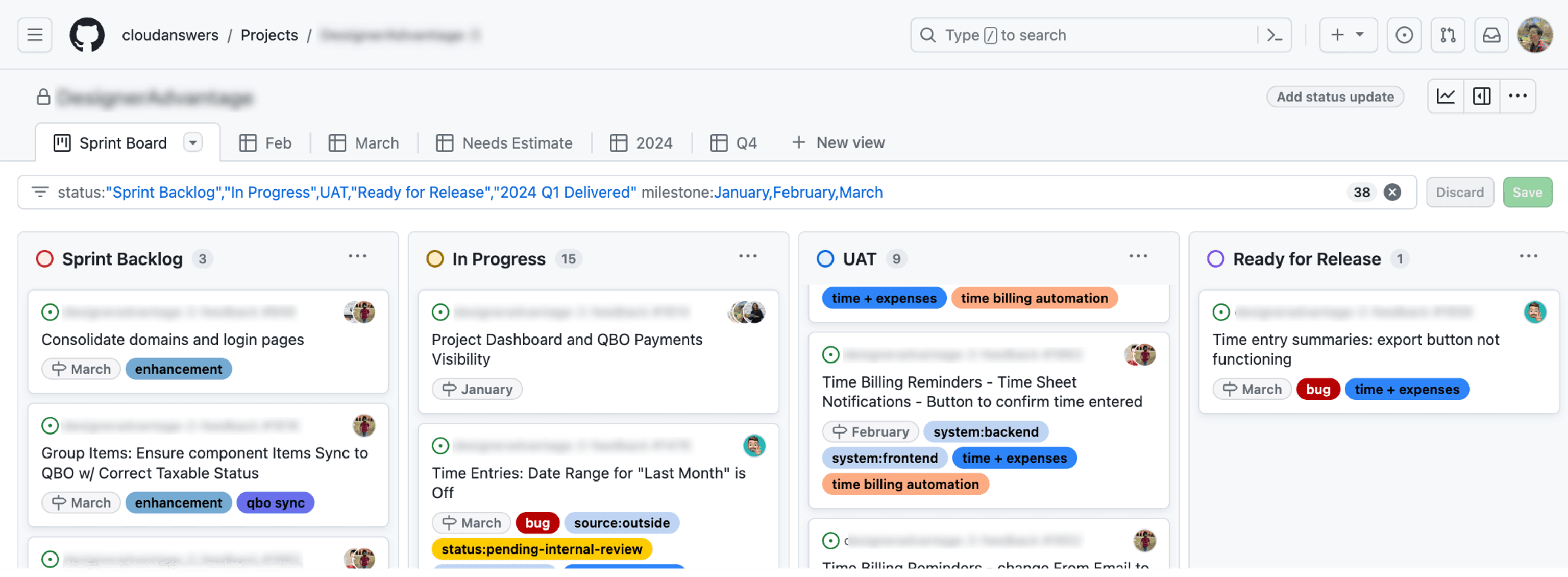
Maintaining a clean and consistent database is essential to the success of your organization. Salesforce duplicates obstruct your ability to have a clear knowledge of your database and adequately communicate with prospects, customers, and partners. For example, multiple representations of a single connection will give you an erroneous figure of how many leads you have within the funnel.
Furthermore, suppose the duplicates are qualified and routed differently. In that case, the same individual (as in lead or contact) may be handled by numerous employees or get information tailored to various lifecycle phases simultaneously. Internal inefficiencies will result, and the prospect will have a negative experience.
How do I manage duplicates in Salesforce?
Duplicate records in your database are inescapable - between list imports, employees entering data, and all the automated inbound sources, there will inevitably be duplicate records. It is critical to have a plan to evaluate and correct these duplicates regularly.
Salesforce duplicate management offers built-in capabilities to help users avoid entering the same data across several devices or sources. Salesforce's duplication management rules assist in discovering possible duplicate records across accounts (business and person), contacts, leads, and custom object records.
How to find duplicates in Salesforce - to identify duplicate records, set up matching rules. Salesforce is pre-configured with basic matching criteria for accounts, contacts, and leads. These standard matching criteria are simple to set up, but they may not cover every circumstance that may arise in your business, and the error message may not apply to all of your users. You can also use our Potential Duplicates app which leverages the Salesforce duplicate rules to show duplicates to your users.
What are Duplicate Rules?
In Salesforce, a Duplicate Rule specifies when the Matching Rule can be used and what action should be taken if a duplicate is found using the Matching Rule.
The same rules can lead to one of two outcomes:
- For the user who creates a duplicate, an alert or/and a report
- Preventing the creation of a duplicate record
If sales reps are ready to produce a duplicate, they will receive an alert or be prohibited from doing so entirely, depending on how duplication rules are configured. If the duplicate rules are just set to report, you can view the duplicates in Duplicate Record Sets or in a component like the Potential Duplicates component or the standard duplicates component on Leads.
Following matching rules in finding potential duplicates, duplicate rules take over and decide what to do with them. As the administrator, you may choose whether to prevent your sales teams from creating duplicates or allow them to do so.

The criteria used to identify potential duplicate records are determined by matching rules. To make the determination, these rules use matching keys and equations. Before the matching equation is implemented, the key combines data values for the referred fields to create duplicate keys. The equation then includes criteria logic, such as OR/AND, and whether a precise match is required or fuzzy logic should take precedence. Accounts, Contacts, and Leads all have standard rules for the software. You can also make matching rules that are tailored to your needs and your custom fields.
The most critical element of the duplicate rule for our reporting discussion is ensuring that the report's box is checked on creation and edit unless the rule blocks the duplicate altogether. There is no way to run duplicate reports based on the rules without this. Duplicate rules for Accounts, Contacts and Leads are included right out of the box. You can also make your own rules that are tailored to your needs.
Tip: Matching rules are only evaluated when records are edited or created to become a duplicate, so set this up BEFORE doing lots of imports/record creation. If you already have records, set up duplicates ASAP and use a component like Potential Duplicates or another AppExchange partner to clean up existing duplicates.
How to find duplicates in Salesforce?
Object cross-matching
This hack looks at the data in a report. You won't be able to use cross-object matching because you'll be counting the unique records by the object. You could want to do more advanced matching, such as comparing leads to leads and contacts to contacts. Cross-object matching is allowed because of Salesforce duplication rules.
Duplication on Purpose
This solution is ideal for small or mid-sized businesses with a straightforward org data sharing strategy. Duplicates are allowed since they must be handled as two different records, known as 'deliberate duplication.' For example, in some organizations, they allow duplicate Leads because they want one Lead for every form submission or lead event, but then they merge them all into one Contact after following up with them. In this instance, you would not want to set up duplicate rules to block duplicates on the Lead since you know there are duplicates. In these scenarios, duplicate rules are set to report duplicates, and the Salesforce duplicates component can help salespeople know that there are other versions of this record without requiring them to be merged.
How to Merge Duplicates in Salesforce?
To merge duplicates you need to Read and delete Permissions on the records.
- Permissions of related objects may be changed.
- Be a Salesforce Admin, Owner of Record, or User in the role hierarchy above the owner.
In Salesforce, here's how to merge records using the standard duplicates component on Accounts, Contacts, or Leads:
- Select see records for a record that has the warning notice "duplicates exist for this record."
- Choose the records you want to merge in the display duplicates box and click Next.
- Review each column in the compare 'object' box and choose the field value you wish to preserve as the master record.
- Verify and merge
Tip: If you want this same functionality on custom objects, install the CloudAnswers Potential Duplicates Component from the AppExchange.
How to remove duplicates in a Salesforce report?
Create a Salesforce dashboard to track duplicates. You may construct dashboards that report on Duplicate Record Sets to get a quick overview of the cleanliness of your Salesforce information.
Create a custom report that includes the "duplicate record set" and "duplicate record item" to track duplicates and the rules that cause them to be detected. If you're having trouble recognizing duplicates in Salesforce, this might assist you in further personalizing your duplication rules. Reporting how frequently users disregard duplicate reports might help you figure out whether your duplication rules need to be tweaked or if workers need to be trained on how to deal with the problem.
While this is an option, the better and less stressful approach is to use a tailored app developed by CloudAnswers - Potential Duplicates.
Potential Duplicates is an automated system that highlights duplicates and merges them according to your requirements. Potential Duplicates uses the duplicate and matching rules that you’ve already configured in Salesforce to show duplicates to users. This allows people to merge duplicates as they’re working since the users are most often the ones that know which records and values to keep.
For teams across your business, the data integrity of your CRM is critical. These teams all require a thorough grasp of contact data to accomplish their duties correctly. Therefore, you must establish a procedure for finding and resolving duplicates in your CRM.
While there is no one-size-fits-all solution, your organization's particular demands and how you design your platforms will influence the actions you need to take. Fortunately, the Potential Duplicates component is responsive to your demands. It is ideal for leads, contacts, and custom objects.
For more information about “duplicates” in Salesforce visit other articles:
How to coordinate marketing and sales by avoiding duplicates in Salesforce?
Duplicated records in Salesforce
Interested in seeing more of what we’ve built? Feel free to check out the AppExchange apps that CloudAnswers developed to help Salesforce users work easier and faster.
Related Articles

AppExchange Review Series
As a long time Salesforce partner (since 2008), on both the consulting and AppExchange side, we realized we have a wealth of experience in building, installing, configuring, and using AppExchange apps. Our consulting customers often come to us with questions about which app would solve a particular problem, and as part of our AppExchange business we are often trying apps to learn what to do (and not to do) when building our own.
July 24, 2024
3 Min Read

Product Launch: CloudAnswers Shop Builder
Are you looking for an easy way to launch an ecommerce shop? Our new app, Shop Builder, is now in public beta! We’re looking for companies that want to build an online shop but don’t want to spend thousands building it out.
April 12, 2024
5 Min Read

A Day in the Life of a Project Manager at CloudAnswers
I'm Emily, and I've been a project manager at CloudAnswers for the last two years. It can be a nebulous role, but I like to say I act as a bridge between the product vision and tangible results, whether that is building a custom app for a client or one of our own Salesforce products. My typical day revolves around managing tasks, ensuring progress, and maintaining standards while adhering to project timelines.
March 22, 2024
5 Min Read

